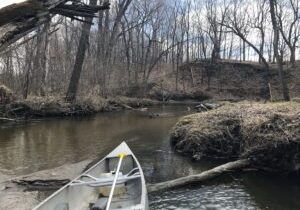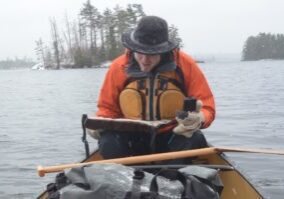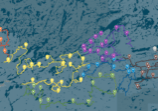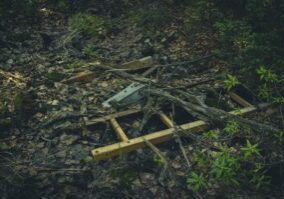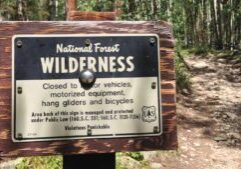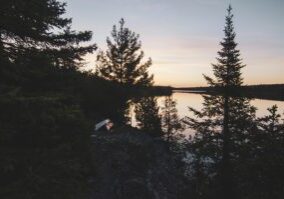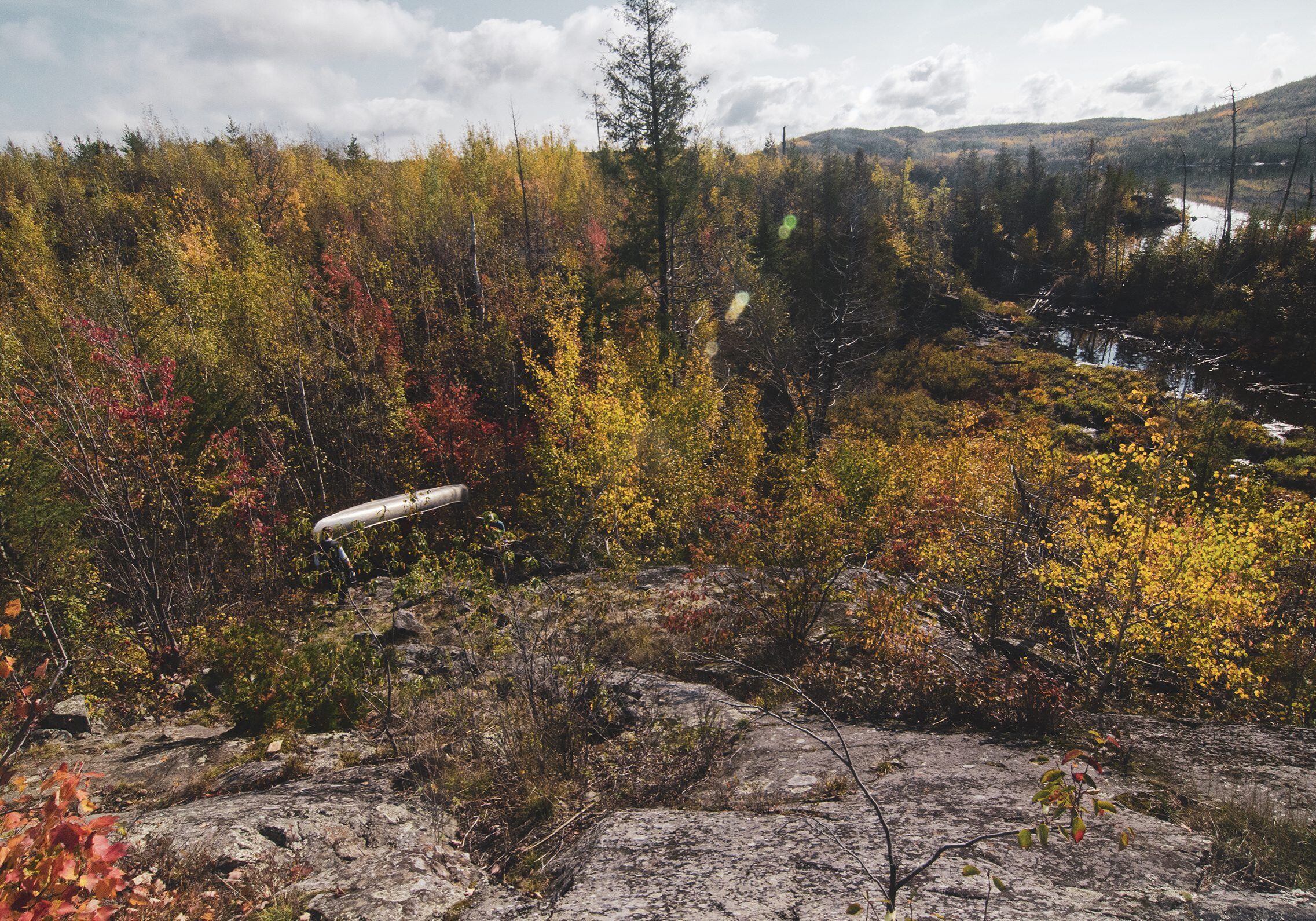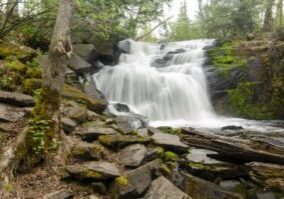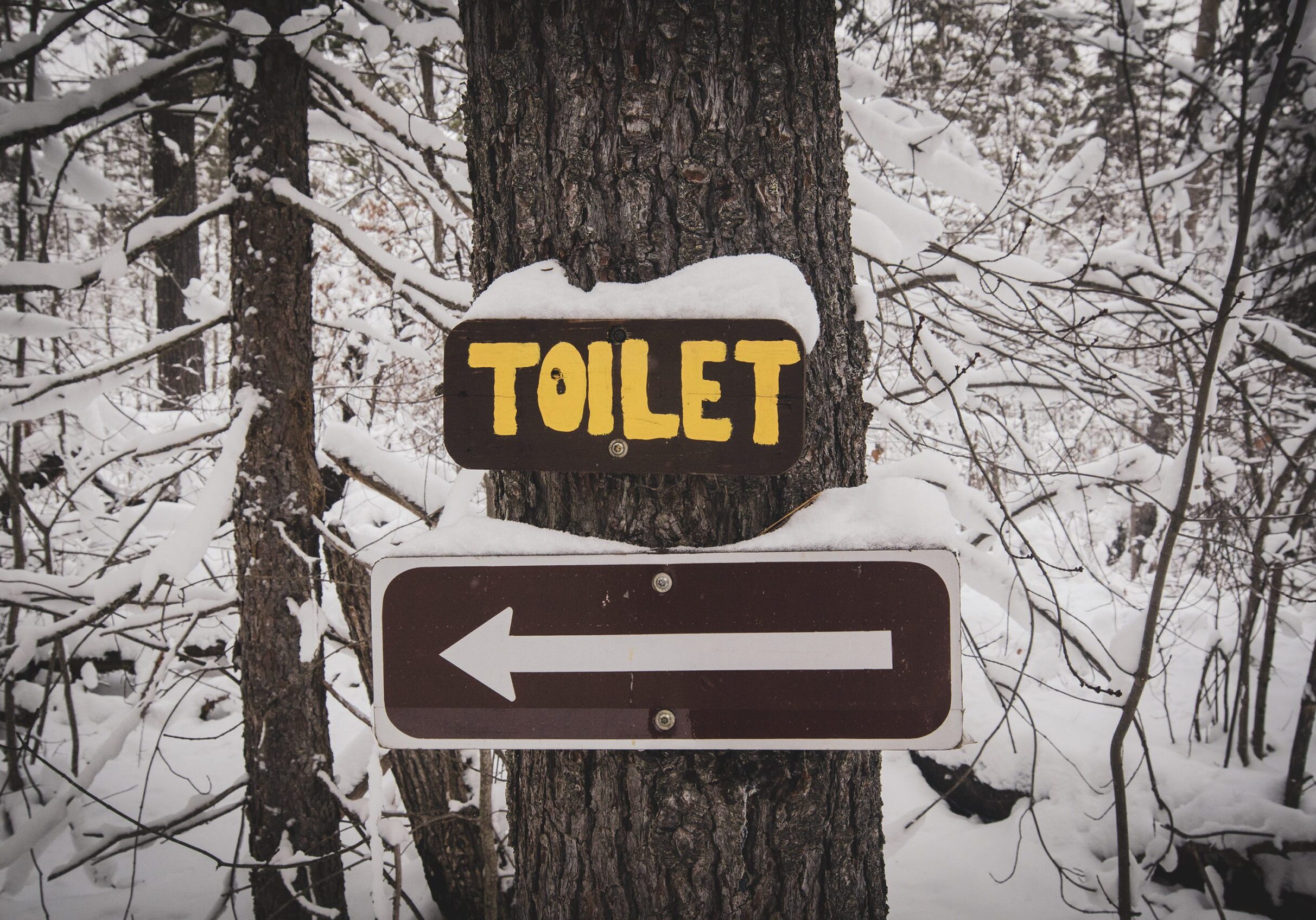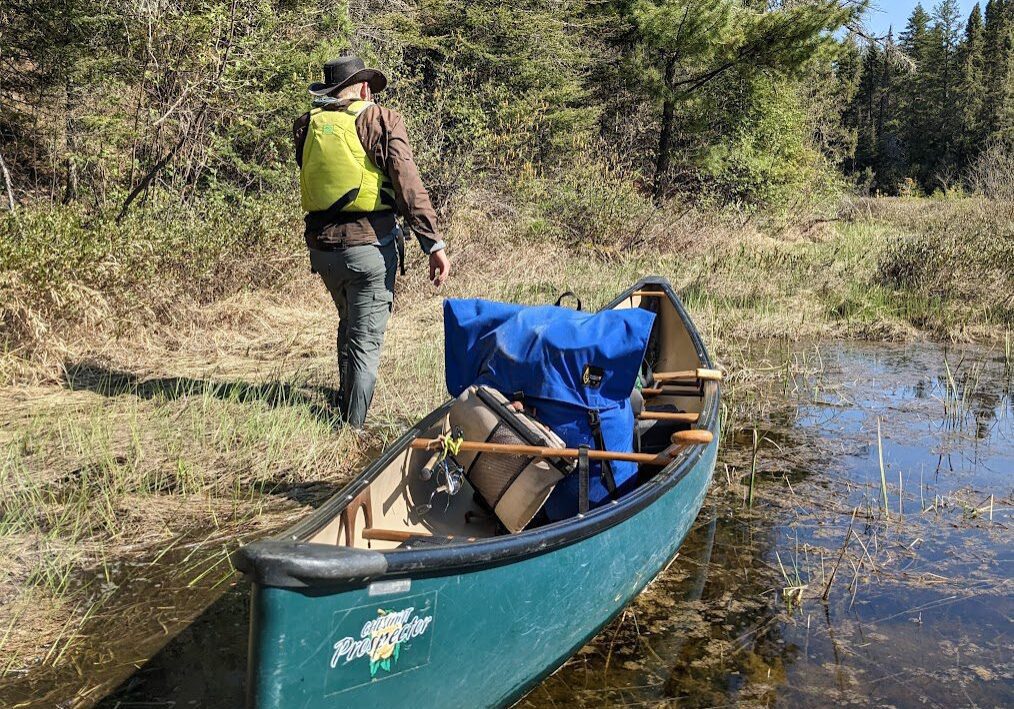Sign up for our newsletter to receive updates about new articles, great deals, and information about the activities you love and the gear that makes them possible:
Have You Read Our Other Content?
Is it Possible to Circumnavigate Minnesota by Canoe?
Preface: This route plan should not be utilized without extensive personal research. I have not completed this route nor do I specifically intend to. It exists for entertainment purposes only. As with all adventures, do your due diligence and research in vetting any part of this article before attempting a dangerous or challenging activity. With…
The Route Planning Game
“Probably the best remedy for the canoe freak is map watching. Pouring over maps can often get you through the canoeless season when nothing else can. I recommend it highly. If you coat the maps with plastic, you can even use them as tablecloths, curtains, and all sorts of things. However, no matter what you…
How to See the BWCA in One Trip
When it comes to planning trips, I can be a bit of a dreamer, and if you’re anything like me, you spend a great deal of time thinking about what could be possible. I may not have the days lined up or the permits pulled yet. I may not even know which friends will…
Smoke On the Horizon – How Fire Towers Changed BWCA History
A drive out from Ely today, and you won’t see many fire towers. They’ve vanished as antiquated methods of dutiful rangers past. But less people remember how those fire towers have shaped our wilderness experiences.
In the Context of Wilderness
Earlier this week, September 3rd, was the 59th anniversary of the 1964 Wilderness Act which established the BWCAW and 53 other areas as newly defined wilderness. The Boundary Waters Canoe Area Wilderness has since gone on to become one of the most well-known and widely-beloved wilderness areas in the country. In examining the BWCAW today,…
Map Mondays – Week 4 – Bower Trout to Little Indian Sioux North
As part of our continuing series on the “route planning game,” we are creating routes using randomly selected entry points, exit points, and number of days to create unique and fun BWCA routes. This week’s randomly selected entry points set us up for a cross-BWCA trip. It’s a long, 10-night trip that covers most of…
The 12 Longest Portages in Canoe Country
The act of portaging between two waterways is usually, understandably, an intentionally short affair. Paddle to the closest point between two water bodies and then portage. This doesn’t make it easy or “type 1 fun” every time, but it’s the burden we bear for wilderness travel. Some portages stick with us whether they are steep…
Is it Spring in Canoe Country Yet?
This winter has felt like a long one. The final weeks before opening water always do, but this year has felt extra drawn out. Numerous cities in Minnesota have broken their snowfall records and ice is still firmly on the lakes around Ely. To the Boundary Waters enthusiast, this is a painful time of year…
The BWCAW Permit and Visitor Use Report
At the end of July, last year’s visitor use report was published by the USFS. It notes current statistics and trends in visitor numbers and activities. It also provides a unique benchmark which, along with past visitor surveys (and more major studies from 2007, 1992, and 1969) gives a glimpse into the people utilizing the…


